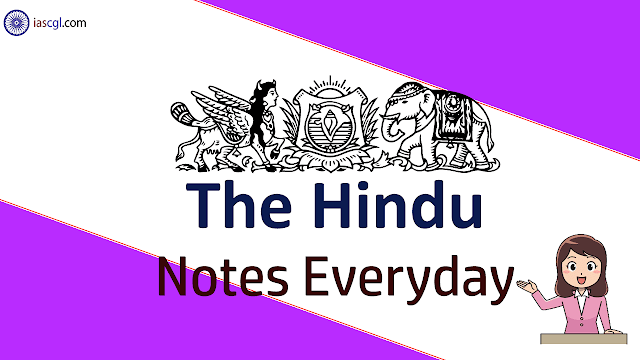Read The Hindu Notes of 12th December 2018 for UPSC Civil Service Examination, State Civil Service Examination and other competitive Examination

- A fiercely contested landscape
- Signs of a revival
- Northern comfort
- Never waste a good crisis
- Unstoppable in Telangana
- Providing health for all
A fiercely contested landscape
The Congress has struggled to subdue the BJP in these State elections, but the setback to the BJP is indisputable
The only clear winner
Steadily losing ground
Looking to 2019
Signs of a revival
The Congress has placed itself firmly as the nucleus of any anti-BJP formation
Key organisational changes
Reading the results
Going forward
Northern comfort
The Congress’s performance in the Hindi heartland will enthuse it in the run-up to 2019
Never waste a good crisis
The situation created by Urjit Patel’s resignation should be used to push through much-needed reforms
Governance issue
Ill-advised escalation
The road ahead
Unstoppable in Telangana
K. Chandrasekhar Rao’s welfare schemes helped the TRS surge ahead despite discontentment in some regions
Brewing discontent
Implications for 2019

0Comments